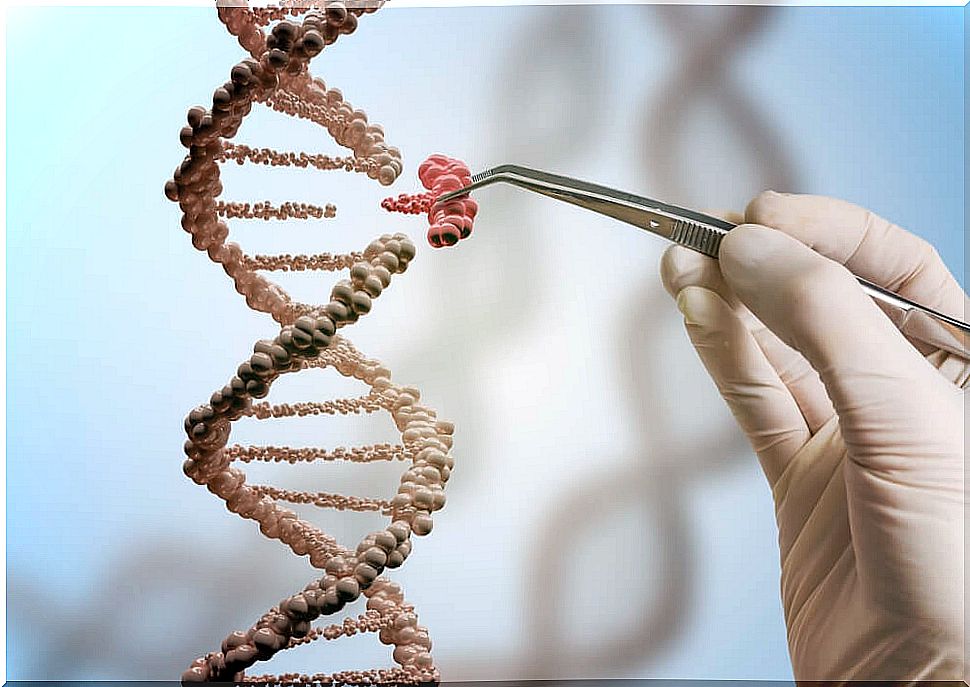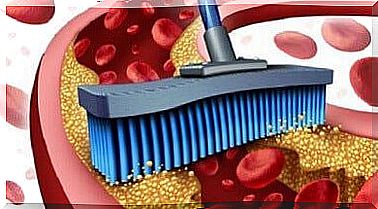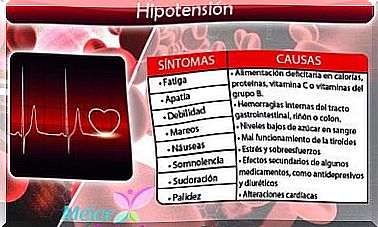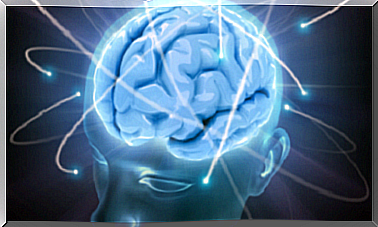Brain Angioma, How Does It Affect Us?
A cerebral angioma (also called a cerebral hemangioma) is a type of vascular malformation characterized by clusters of dilated capillaries. An angioma is a malformation or neoplasm of the cells of the blood vessels that can appear in the form of a nodule or a cavern formed by endothelium that contains blood.
Angiomas can appear in various parts of the body, although they most commonly appear on the skin. According to the latest research data, angiomas affect men and women equally. On the other hand, they usually develop between 20 and 30 years of life, although they can appear in other stages of growth.
What are the most common symptoms of cerebral angioma?
In the case of cerebral angioma, the malformation occurs in some area of this organ. Like the other types of hemangioma, it has a high risk of stroke. Therefore, bleeding is likely to occur at the site of the neoplasm. However, in the case of the brain, a hemorrhage would have fatal consequences in the short and long term.
In this way, the spilled blood prevents the renewal of nutrients and elimination of waste from nearby cells. Therefore, neurons can die and the body is not able to replace them.
On the other hand, if the cerebral hemangioma does not burst, it will maintain a gradual growth. Later, it will begin to put extra pressure on nearby brain areas, disrupting its normal functions.
Likewise, symptoms may vary depending on the location of the cerebral angioma in the patient. Approximately 1 in 4 patients have an asymptomatic clinical picture, that is, they do not develop signs of this disorder. In this way, among the most frequent symptoms of this disorder we can highlight:
- Nausea and vomiting
- Headache or severe headache.
- Visual problems. The most frequent visual alteration in these cases is double or blurred vision.
- Tiredness, weakness, or general fatigue. It can also affect muscle tone.
- Seizure episodes. These are crises in which the patient develops epileptic discharges.
- Difficulties in carrying out rational thinking. Brain angioma may affect the areas responsible for logical and problem posing. Likewise, the subject usually presents problems related to language.
- On other occasions, there have been alterations in the digestive, cardiac and respiratory functions controlled by the brain.
What are the possible causes of cerebral angioma?
At the moment, it has not been possible to identify a specific cause. However, he has been able to differentiate between two types of angiomas according to the origin they present:
Family form
In this case, the patient has a series of antecedents (family members who have developed the same alteration). In this way, the genetic component of the disease is transmitted from one generation to another in a dominant way.
In addition, suffering from angioma is the consequence of a series of mutations at the genetic level. As a general rule, the group of genes affected is CCM1, CCM2 or CCM3. Likewise, these patients usually present other brain tumors or malformations.
Sporadic form

On the other hand, there are subjects with cerebral angioma who do not have a family history. Normally, the malformation appears in a single or simple form.
How is the diagnosis of cerebral angioma carried out?
Finally, the medical team will carry out a series of medical tests to identify this alteration. Thus, it is also capable of ruling out other disorders that present similar characteristics. For example, among the most common medical procedures within the diagnosis we find:
- Physical exam. In it the specialists will check the symptoms that the patient has developed. Likewise, a study of the clinical history and family history of the patient will be carried out.
- Obtaining internal images. Thanks to them, the group of experts will be able to identify the tumor and verify its characteristics. As a general rule, CT (Computerized Axial Tomography) and MRI (Magnetic Resonance Imaging) are carried out. On other occasions, cerebral angiography has also been used.
Diagnosis and treatment of cerebral angioma are not always straightforward and the best way to do it is with a professional team.









